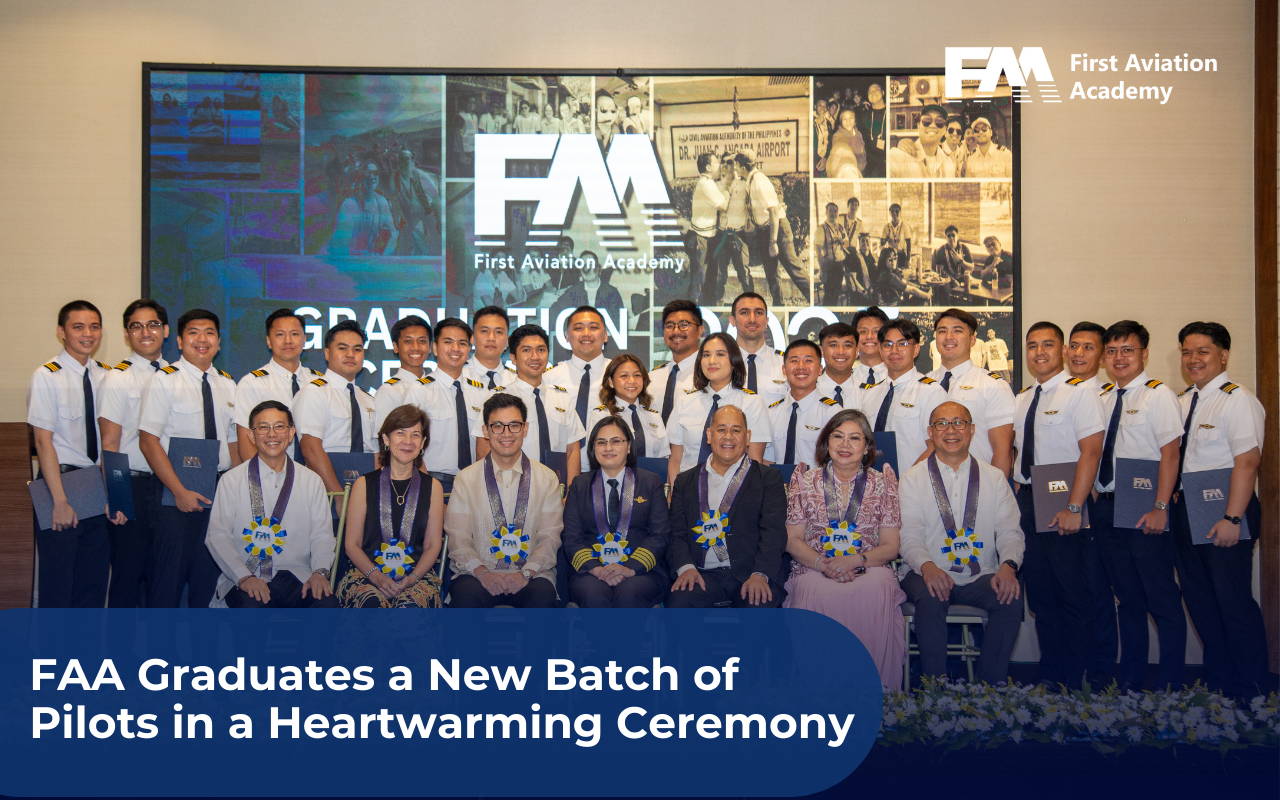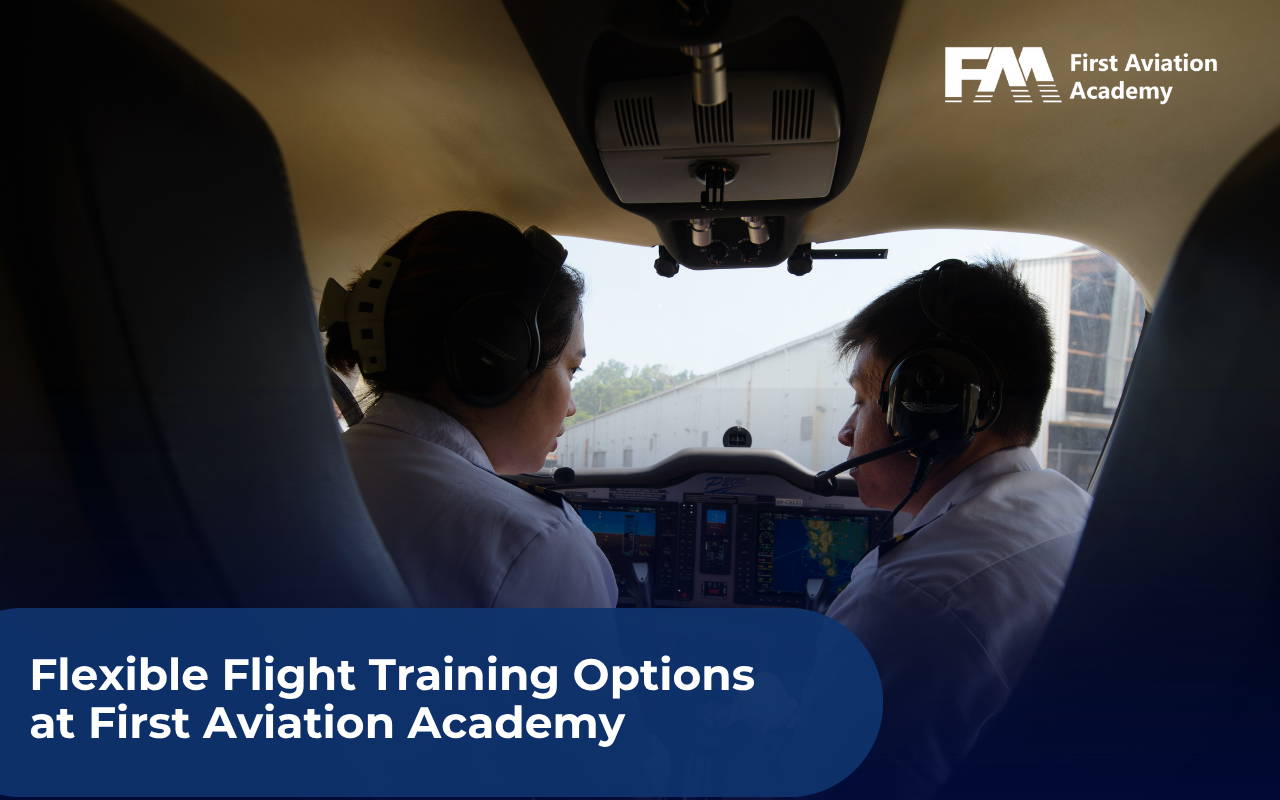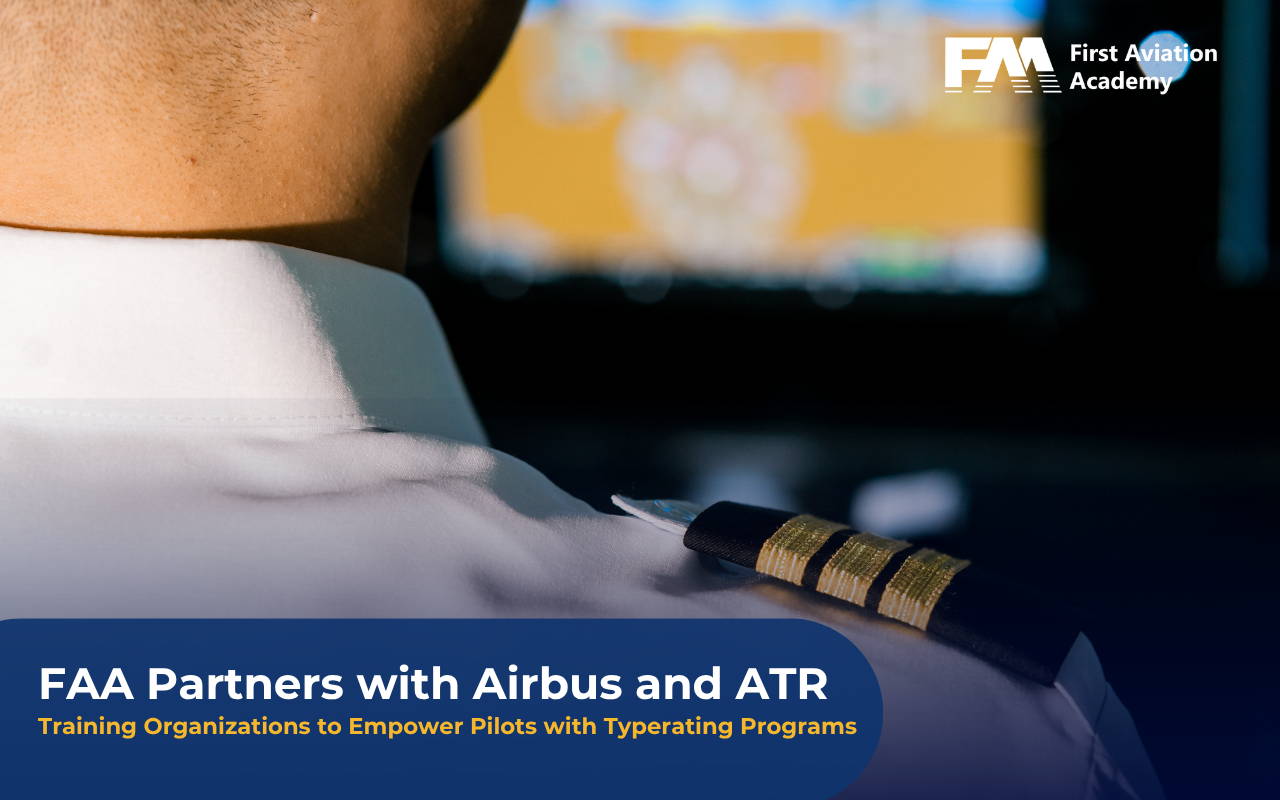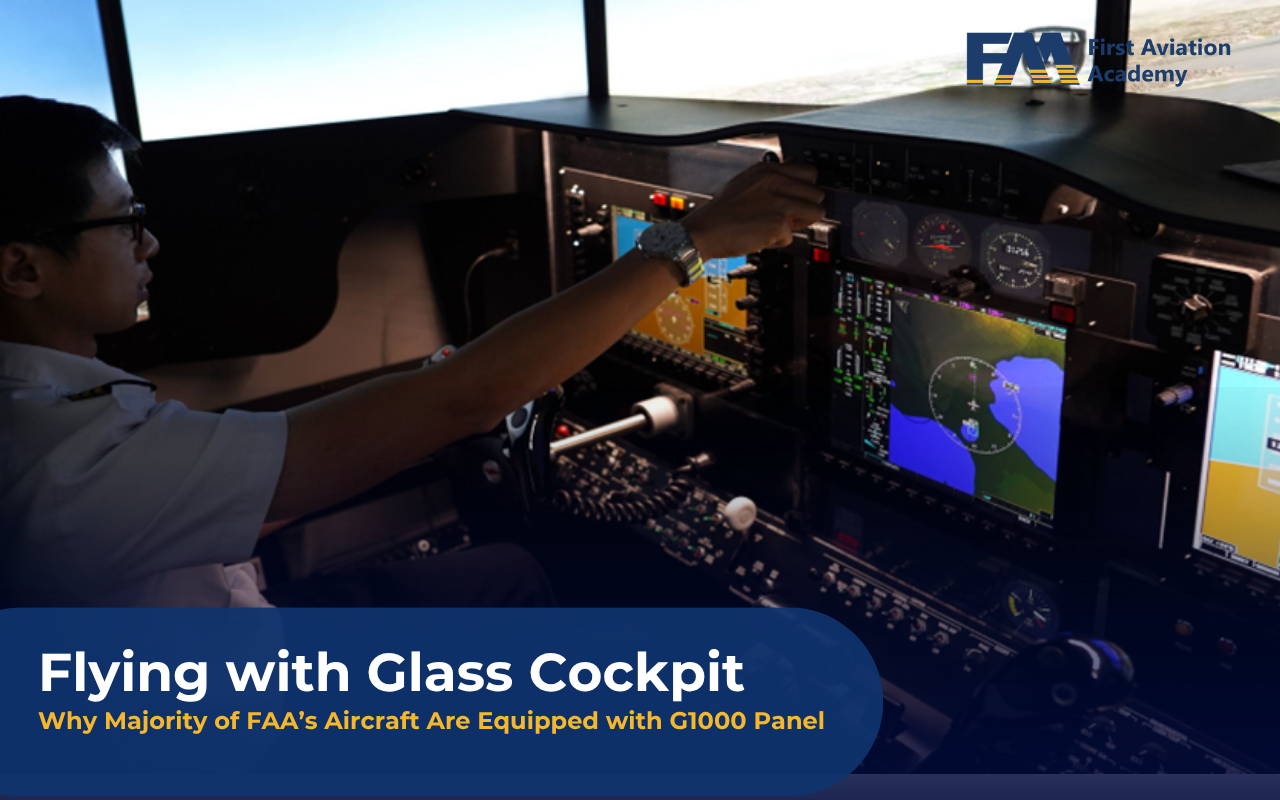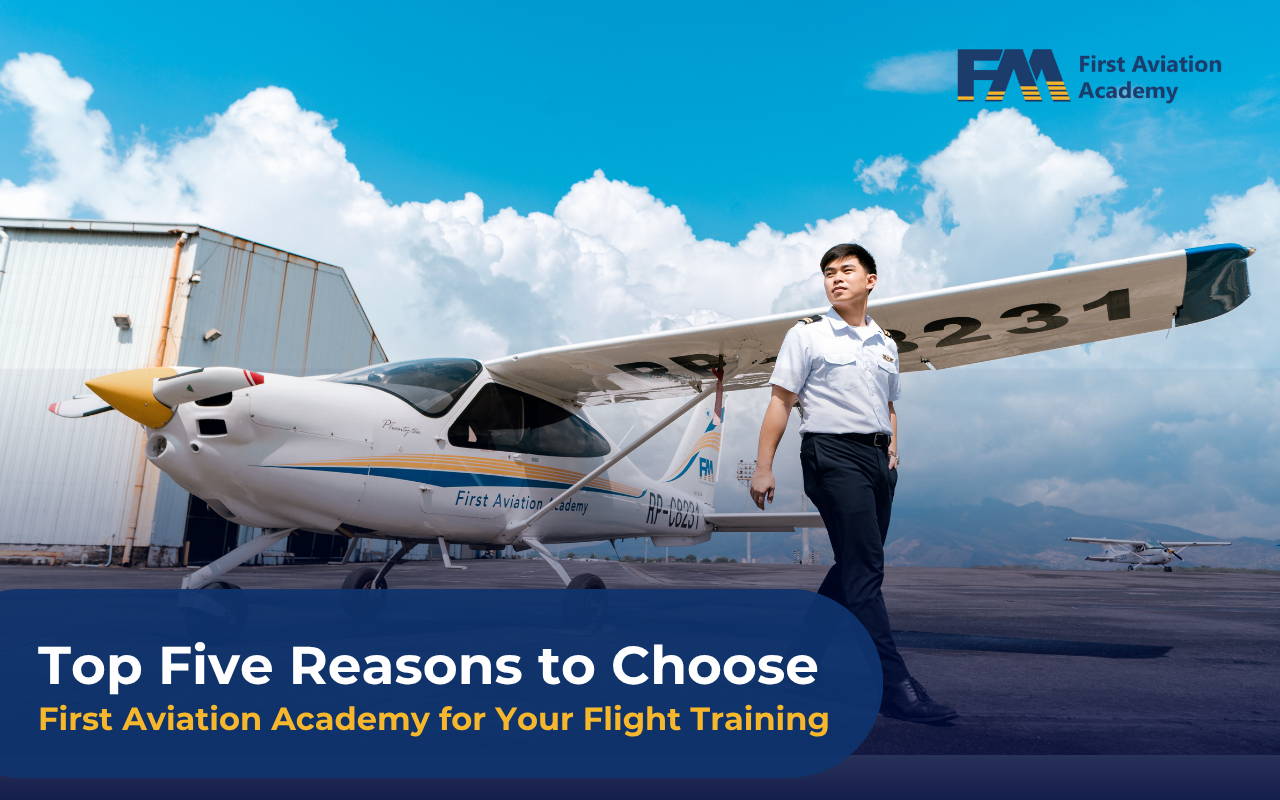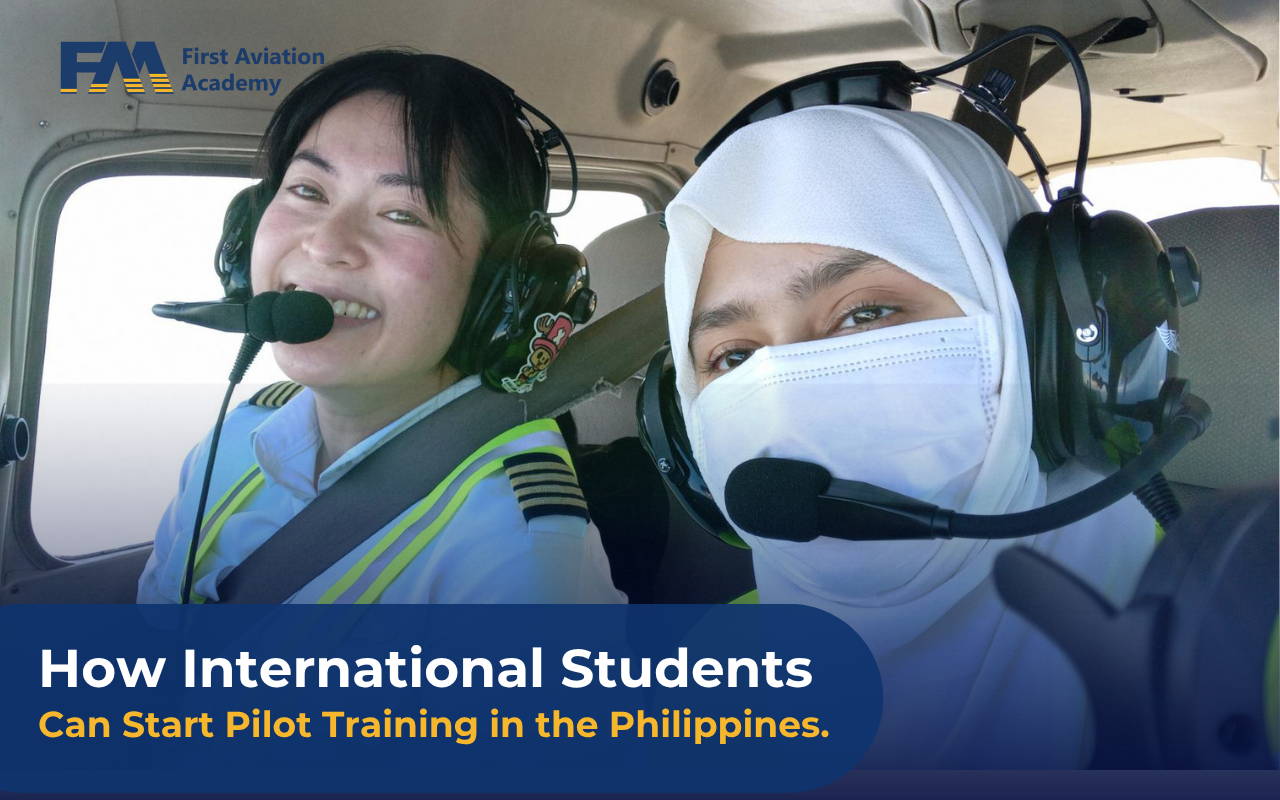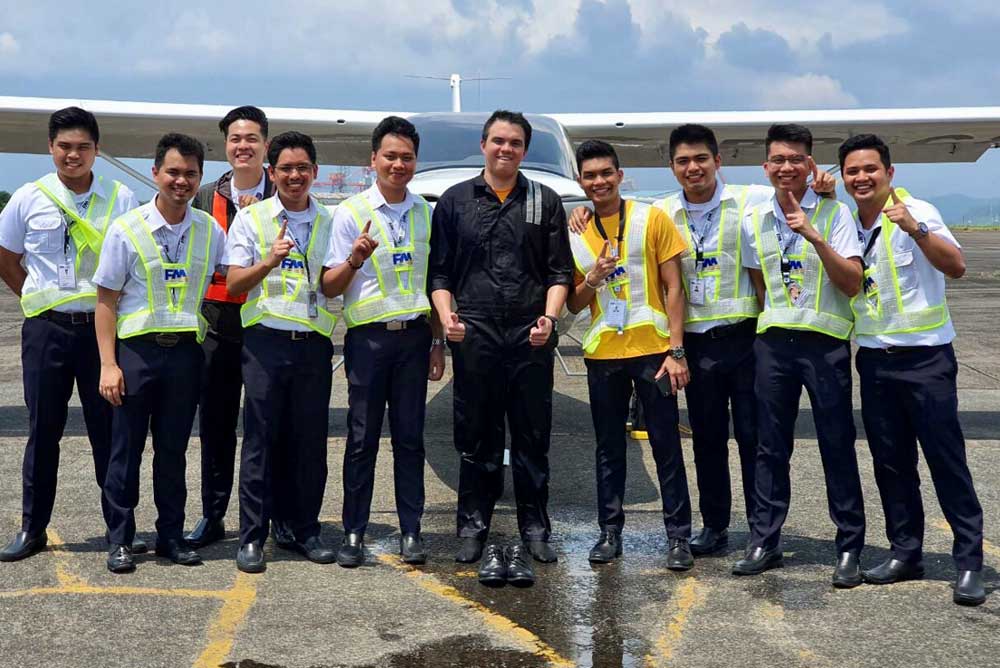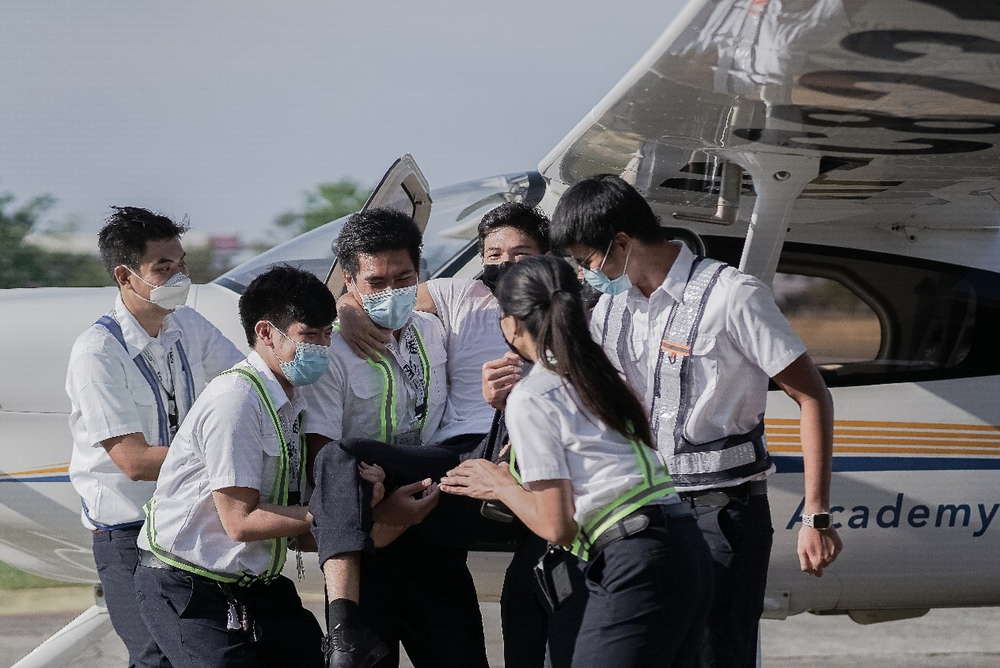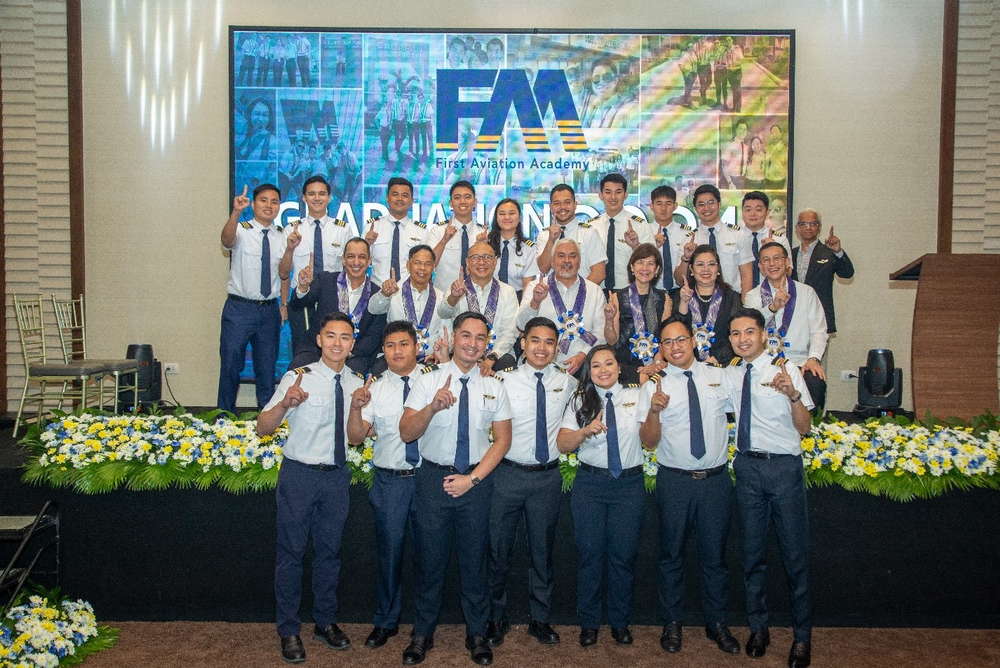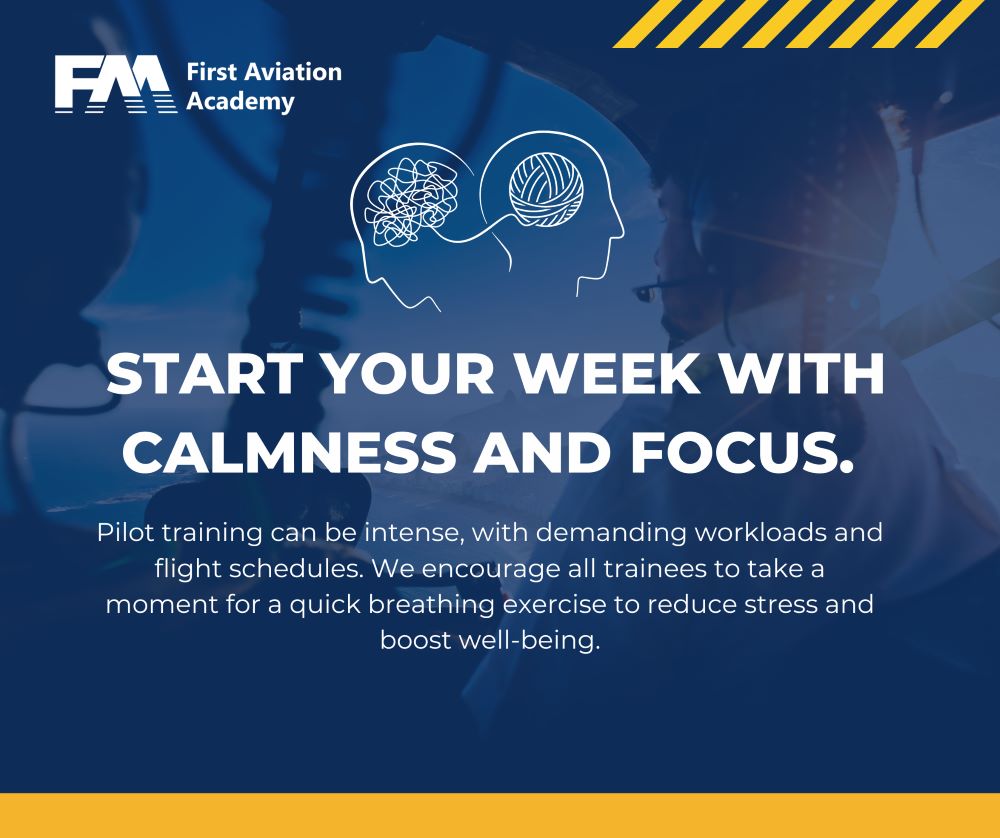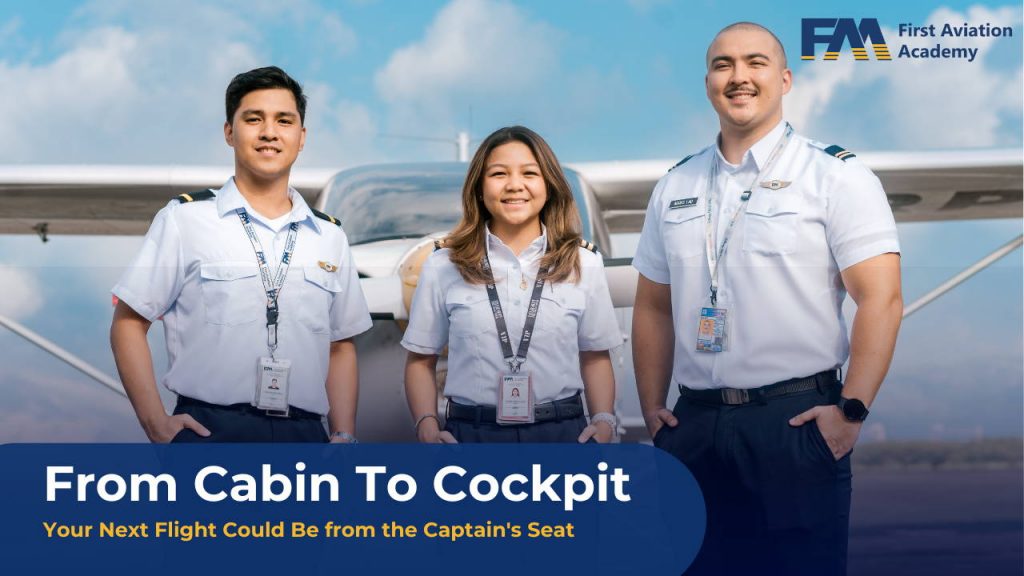
Your Next Flight Could Be from the Captain’s Seat, Here’s How to Make the Shift with Pilot Training in the Philippines
For many cabin crew members, the view from the cockpit window isn’t just a fleeting glance—it’s a dream. If you’ve ever looked at the flight deck and imagined yourself sitting in the left seat, you’re not alone. More and more flight attendants are making the bold and exciting decision to transition from the cabin to the cockpit, and the Philippines has emerged as a top destination for pilot training that turns this ambition into reality.
Whether you’re flying short-haul or international, your experience as cabin crew already gives you a strong foundation in aviation. You understand flight operations, passenger safety, airline culture, and the pressures of working in the sky. These are invaluable skills that can carry over seamlessly into pilot training.
In this guide, we’ll walk you through everything you need to know about making the switch—from requirements and career advantages to why pilot training in the Philippines is the smart choice for cabin crew looking to take their careers to new heights.
Why Cabin Crew Make Great Pilots
Your time as cabin crew has prepared you in more ways than you realize. You already:
- Understand aviation protocols and safety standards
- Communicate effectively in high-pressure environments
- Work closely with flight crews and passengers
- Maintain professionalism, discipline, and situational awareness
These soft and technical skills make the transition smoother and often allow cabin crew to excel in pilot training faster than others with no prior aviation background. You also have firsthand knowledge of aircraft operations, flight schedules, and airline workflows—something most pilot trainees only begin to learn during ground school.
Your Path from Cabin Crew to Commercial Pilot
Here’s the step-by-step journey you’ll take as a flight attendant turning pilot:
1. Private Pilot License (PPL)
This is your first major step. You’ll learn the basics of flying, aerodynamics, navigation, weather, and communication. You’ll begin hands-on flying with a certified flight instructor until you’re ready for your first solo flight.
2. Commercial Pilot License (CPL)
After earning your PPL, the CPL program builds on your knowledge and focuses on professional flight maneuvers, cross-country flying, and night operations. This license allows you to work as a paid pilot.
3. Instrument Rating (IR)
The IR enables you to fly in varying weather conditions and under instrument flight rules. This is essential for airline operations.
4. Multi-Engine Rating (MER) (Optional but highly recommended)
This allows you to fly twin-engine aircraft and enhances your marketability to airlines.
Depending on your goals, you can also pursue a Flight Instructor Course (FIC) if you wish to build hours by teaching before joining an airline.
How Long Does Pilot Training Take?
Most cabin crew who transition into flight training can complete the entire PPL to CPL-IR path in 15 to 18 months, depending on flight availability, weather, and personal progress. Some complete it faster by training full-time under structured programs like FAA’s Basic Cadetship Program.
With FAA, you have the option to take the Executive Flexi Training. This unique pilot training program offers online ground schooling and simulator and flight training schedules that adjusts to your availability.
Requirements for Cabin Crew to Enroll in Pilot Training in the Philippines
To enroll in flight school in the Philippines, you must meet the following:
- Be at least 17 years old for PPL and 18 years old for CPL
- Hold at least a high school diploma or equivalent
- Be medically fit to fly (CAAP Class 1 or 2 Medical Certificate)
- Have a good command of spoken and written English
For foreign cabin crew, schools like FAA provide visa assistance and support with accommodation, transportation, and onboarding.
Why Choose First Aviation Academy (FAA)
First Aviation Academy is one of the leading pilot schools in the Philippines offering internationally recognized flight training programs. Located in the scenic and low-traffic airspace of Subic Bay, FAA features:
- Modern Cessna 172s with Garmin G1000 glass cockpit avionics
- Redbird TD2 simulators for IFR and procedural training
- A Competency-Based Training and Assessment (CBTA) curriculum aligned with airline standards
- Instructors with both local and international airline backgrounds
- A culture built on professionalism, safety, and care
FAA understands the unique background of cabin crew and offers customized guidance to help you succeed both academically and technically.
From Serving Passengers to Flying Them
Transitioning from cabin crew to cockpit crew is a bold but achievable move—and the sky is truly the limit. Your background in aviation already gives you a head start, and with the right pilot training program in the Philippines, you can turn your experience into a commanding new role as a professional pilot.
If you’re ready to shift your career upward, First Aviation Academy is here to support you every step of the way.

